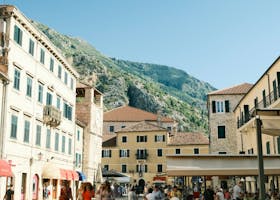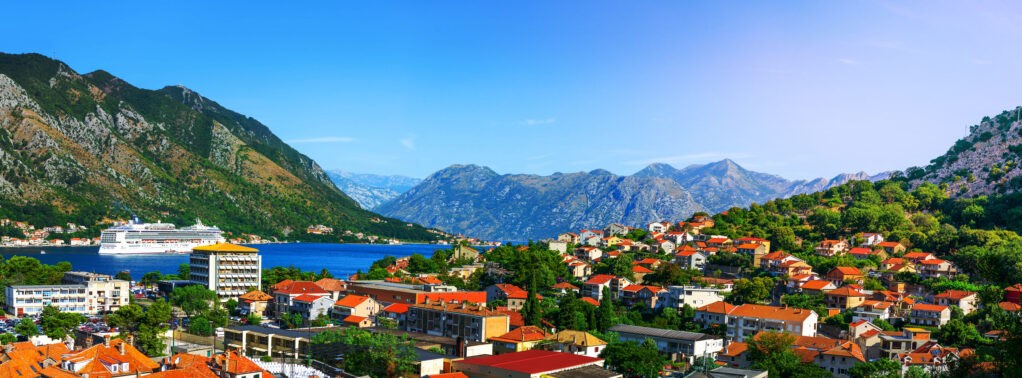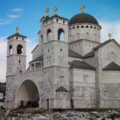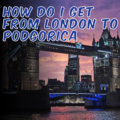Montenegro, gracefully nestled in the diverse Balkan landscape, is a precious jewel ready to be unveiled. Its untouched beaches, awe-inspiring mountain ranges, and rich cultural legacy have rightly positioned Montenegro as a highly sought-after tourist destination. An integral part of this captivating nation’s allure is its array of UNESCO World Heritage Sites, echoing the depth and breadth of its cultural lineage. As we delve into the heart of Montenegro, this comprehensive guide will shed light on these iconic landmarks. Notably, these sites form a part of over 1,100 UNESCO World Heritage Sites worldwide, underscoring the immense and diverse cultural and natural heritage our planet has to offer.
The Medieval Town of Kotor

The medieval town of Kotor is one of Montenegro’s most popular tourist attractions. This UNESCO World Heritage Site is located in the heart of the Bay of Kotor and is known for its stunning architecture, narrow streets, and ancient walls. Visitors can explore the town’s many churches, museums, and palaces, or simply take a stroll through the winding streets and admire the beautiful views of the bay.
Durmitor National Park

Durmitor National Park is a nature lover’s paradise. Located in the northwestern part of Montenegro, this UNESCO World Heritage Site boasts stunning mountain ranges, crystal-clear lakes, and vast forests. Visitors can hike through the park’s many trails, go fishing in the lakes, or simply relax and enjoy the stunning natural beauty. Take the opportunity to see Black Lake, one of the highlights of the park.
The Natural and Culturo-Historical Region of Kotor
The Natural and Culturo-Historical Region of Kotor is a unique site that combines both natural and cultural heritage. This UNESCO World Heritage Site includes the town of Kotor, as well as the surrounding natural areas, such as the Lovcen National Park and the Skadar Lake National Park. Visitors can explore the region’s many cultural landmarks, such as the ancient fortresses and monasteries, or simply enjoy the stunning natural scenery.
The Stećci Medieval Tombstones Graveyards

The Stećci Medieval Tombstones Graveyards is a collection of over 70 sites located throughout Montenegro, Bosnia and Herzegovina, Croatia, and Serbia. These tombstones date back to the 12th century and are known for their unique style and intricate carvings. Visitors can explore the sites and learn about the rich cultural heritage of the region.
FAQs – Montenegro UNESCO sites
Q: How many UNESCO World Heritage Sites are there in Montenegro?
A: Montenegro has a total of four UNESCO World Heritage Sites.
Q: Can I visit all the UNESCO World Heritage Sites in Montenegro in one day?
A: No, it’s not possible to visit all the UNESCO World Heritage Sites in Montenegro in one day. It’s recommended to plan a separate day trip for each site.
Q: What is the best time to visit Montenegro’s UNESCO World Heritage Sites?
A: The best time to visit Montenegro’s UNESCO World Heritage Sites is during the spring and summer months when the weather is mild and pleasant.
Now you know about the Montenegro UNESCO sites
Montenegro’s UNESCO World Heritage Sites offer a unique glimpse into the country’s rich cultural heritage and stunning natural beauty. From the medieval town of Kotor to the pristine wilderness of Durmitor National Park, there’s something for everyone to enjoy. Whether you’re a history buff or a nature lover, Montenegro’s UNESCO World Heritage Sites are not to be missed. So why not plan a trip to this beautiful country and discover its hidden gems for yourself?





